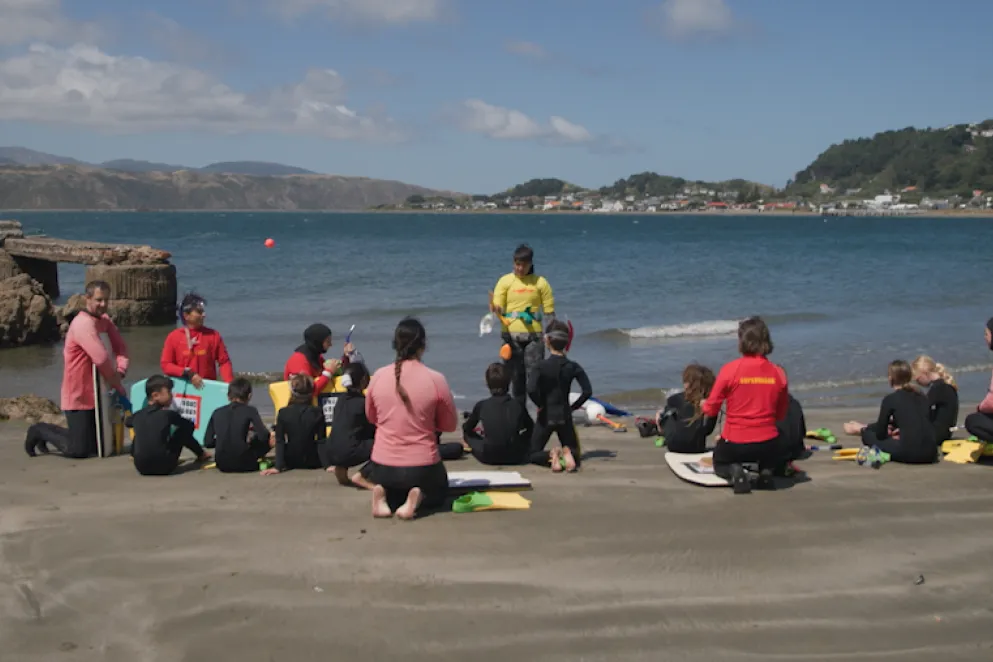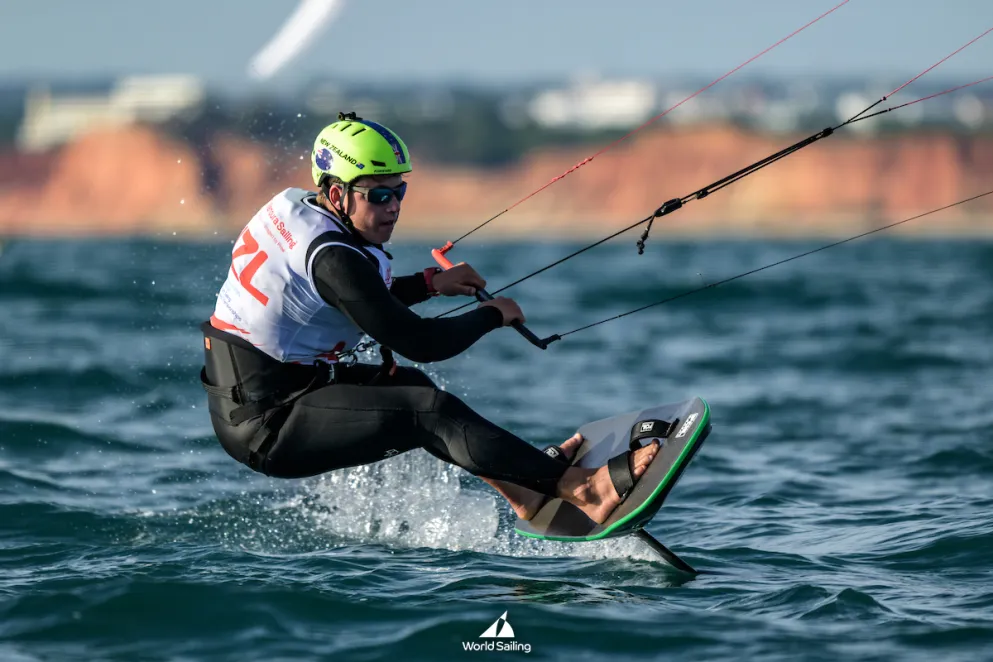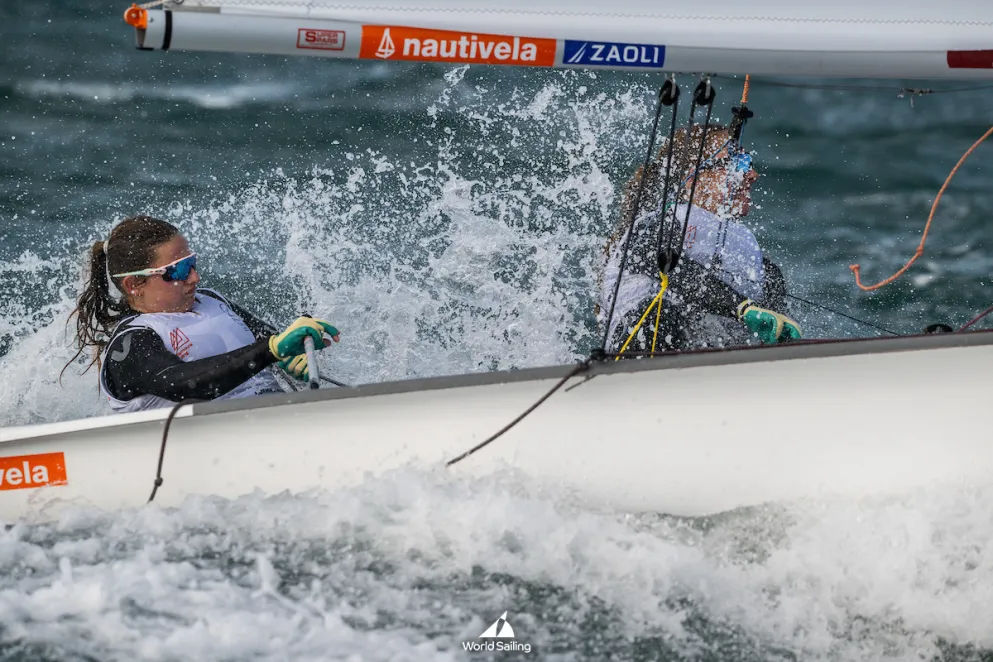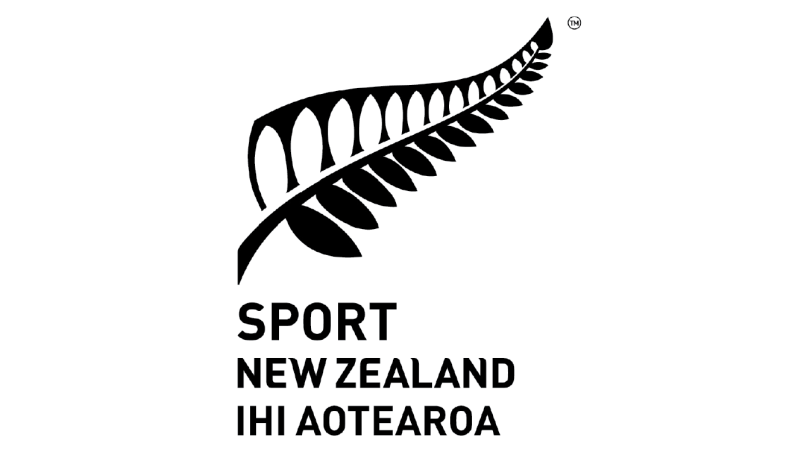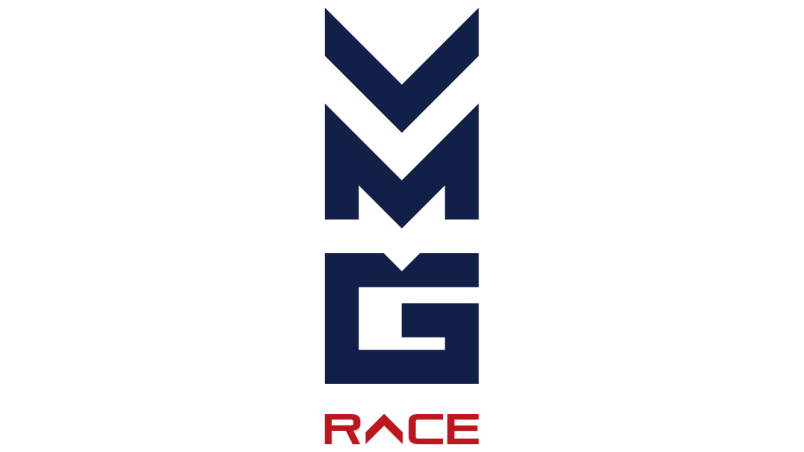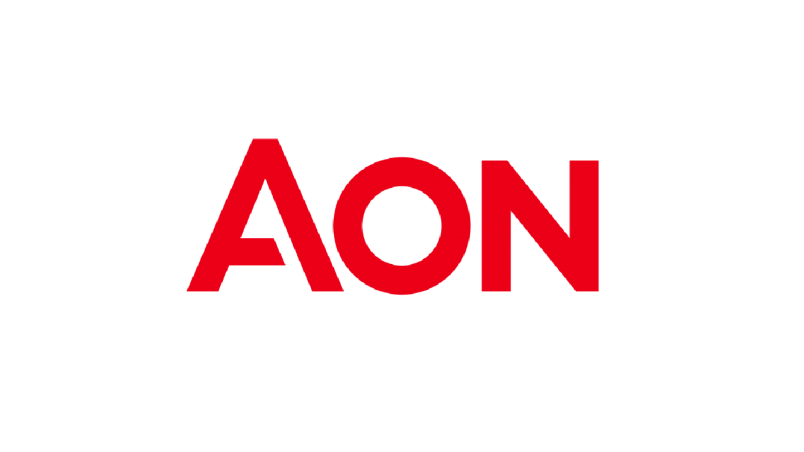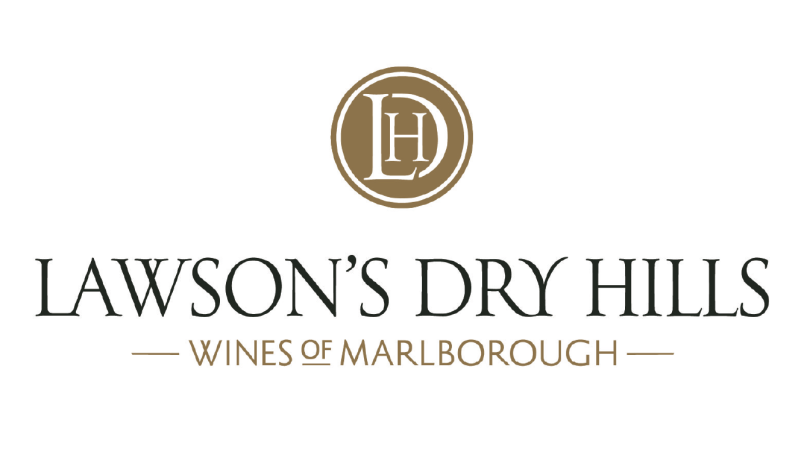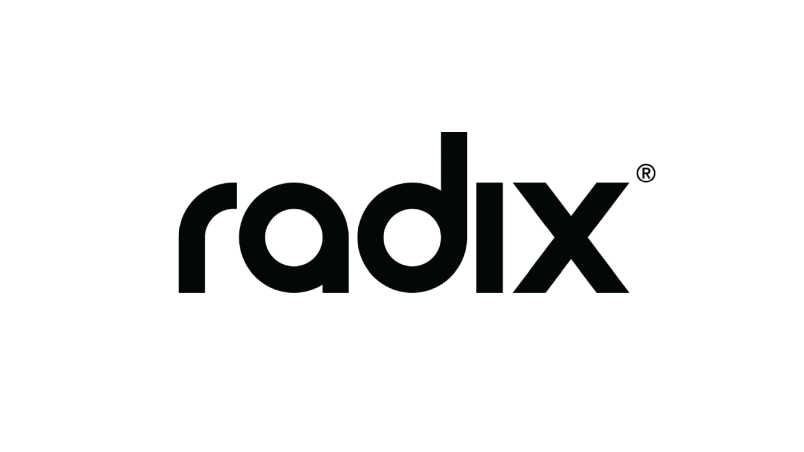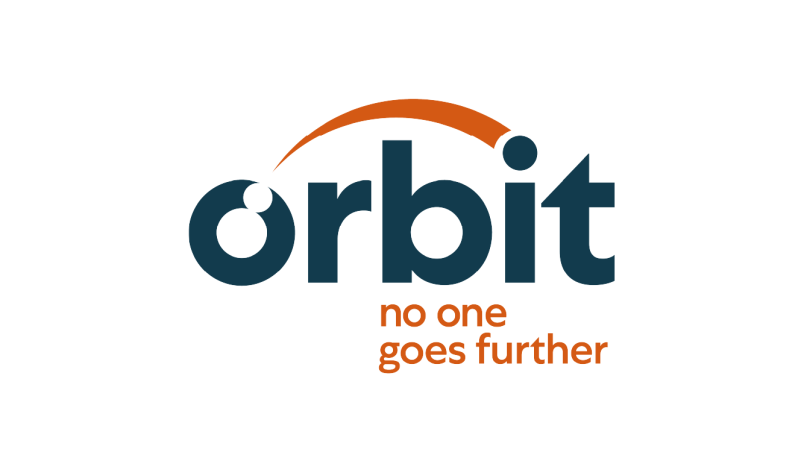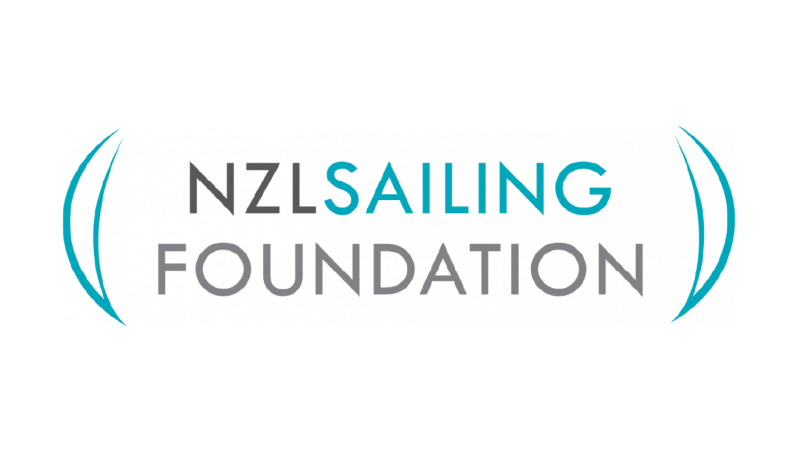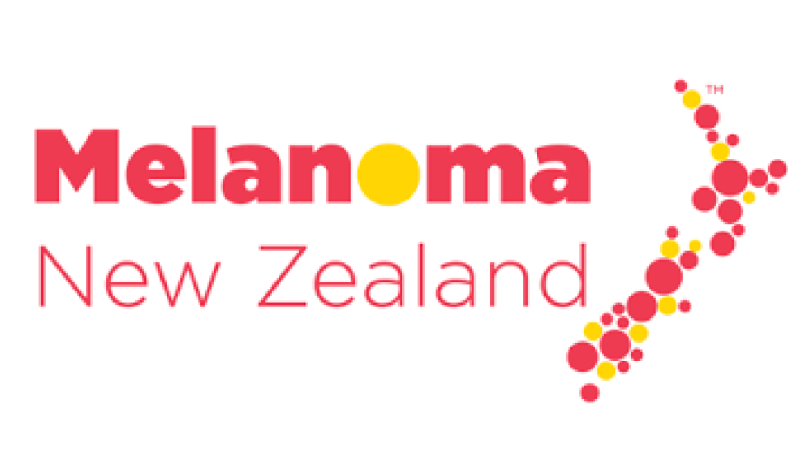Ideas put to test as Moanamana edges closer
Moanamana, the third and final module in Yachting New Zealand’s pioneering RŪNĀ school and kura engagement programme, is one step closer to being rolled out across the country after successful trials at Worser Bay Boating Club last month.
It follows on from the success of the first two modules – Kōkōkaha and Kōrinorino – and is a vital next step in the organisation’s strategy to integrate boating and yachting clubs into their wider community, strengthen relationships with schools and kura and create a sense of whanaungatanga.
“Moanamana is aimed at encouraging schools and local communities to understand and get involved in setting up local marine restoration projects to help build New Zealand's Blue Belt,” Natalia Groom, Yachting NZ’s RŪNĀ Kaiwhakahaere – education lead, explained.
WBBC is the country’s first tier one RŪNĀ hub, meaning the club has the capacity and equipment to run all three modules as well as establishing its own NZL Blue Belt site.
Moanamana was developed as part of Sport New Zealand’s ‘In Our Backyard’ project to provide quality physical activity experiences for tamariki and rangatahi.
It was recently selected to be part of the Government’s 'Unlocking Curious Minds' initiative with funding used to trial and finalise the generic NZL Blue Belt monitoring tools and processes that will be used at Worser Bay, and in time at other NZL Blue Belt sites around the country.
These include plankton communities (using nets and settlement plates), water temperature monitoring locations, inter-tidal biodiversity monitoring using Marine Metre Squared (MM2), sub-tidal biodiversity monitoring, sediment plate monitoring, and baited video station monitoring.
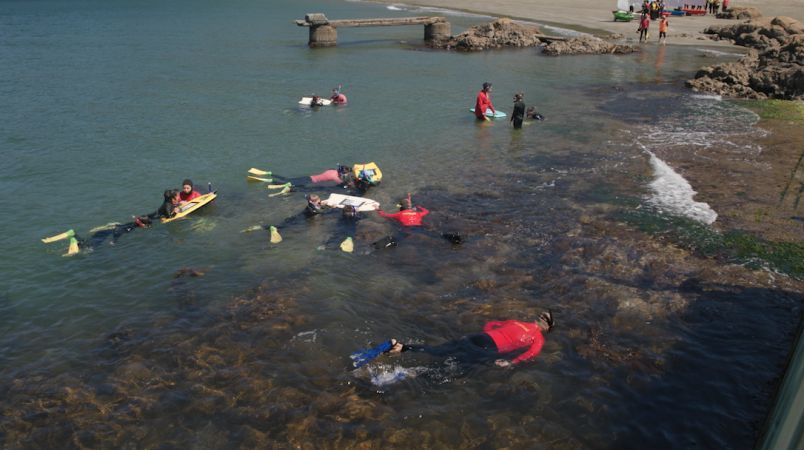
There are five long-term projects that will be implemented at the Worser Bay NZL Blue Belt site which will get under way during 2023 – a paua nursery, anemone garden, kelp forest, snorkel trail, and waka building.
On February 20 and 21, WBBC welcomed a group of learners from Miramar North School, who were starting to put their projects into action and collecting data with the help of MM2 and the University of Otago.
Teachers from Seatoun School, Miramar North School, Miramar Central, Worser Bay School, Rongotai College, Wellington High an Kilbirnie School also attended the after-school personal learning and development session at the club.
"These sessions are about working within a community and creating projects that will support students collecting real data for ongoing and long-term investments in the area," Groom said.
“It is exciting to see some of the schools' ideas being put to the test and the community groups, the club and the schools coming together and working towards the same goal of looking after Papatūānuku.
"The trial has shown what works and what still needs some more mahi but overall it's been really promising."
Over the next few years, four further clubs will become tier one RŪNĀ hubs and later this year community and student leaders will get the opportunity to participate in a wānanga facilitated by Blake NZ to begin the process of planning their own NZL Blue Belt ocean restoration projects.
